The Article
THE WEIRDEST HIFI TOOL IN THE WORLD
6th August 2021
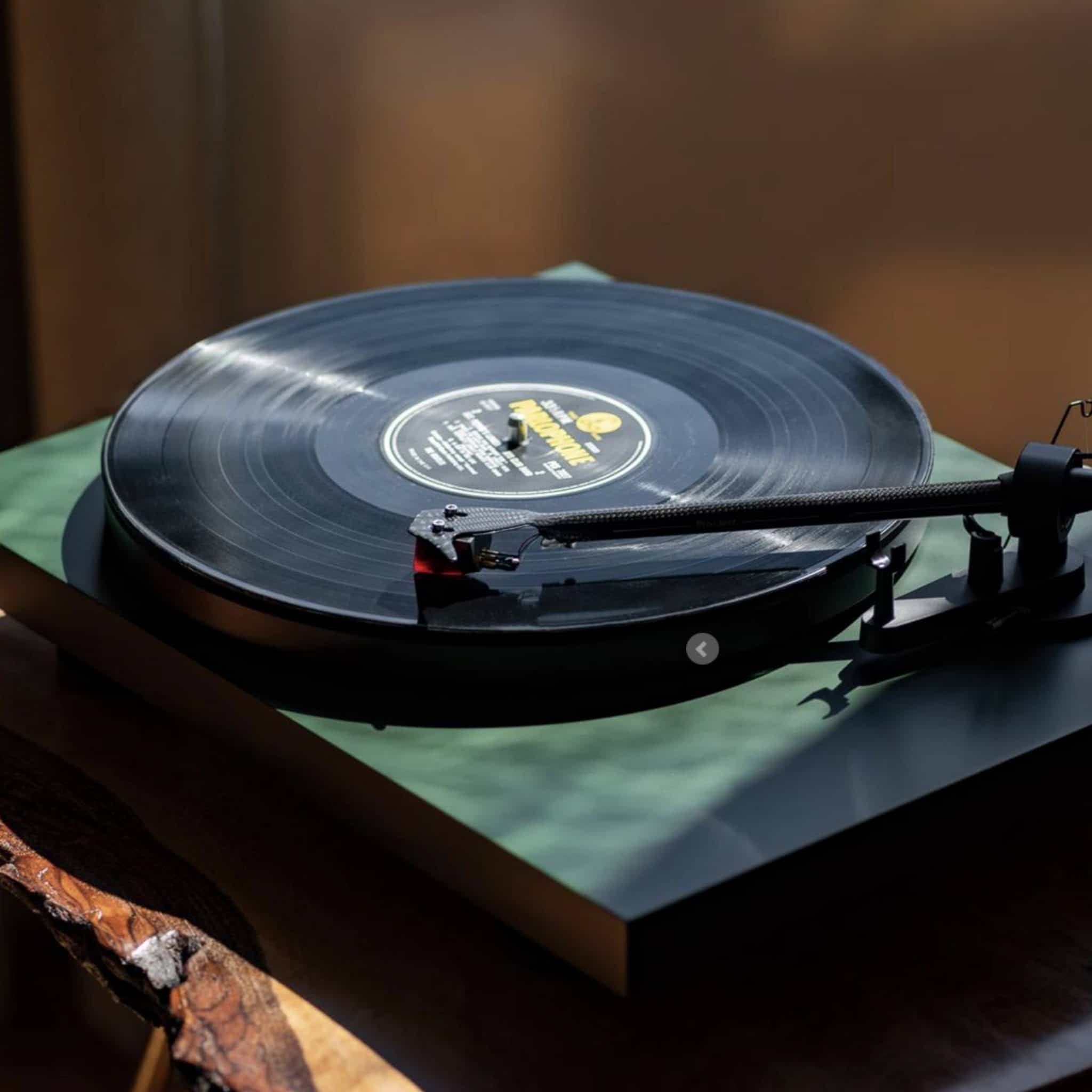
It’s been a while since I had a good ramble. The last time was my trilogy on the vinyl format which you can see here. The urge has returned once more. It’s time to ramble
Staring out of the window, recently. Slurping a coffee and I thought, “They’re weird.” Turntables that is. Got to be some of the weirdest tools ever invented
And they are just a tool. Let’s get that straight. A tool to extract music from a vinyl disc.
But, yea. Turntables. They have to be one of the strangest of things. On the face of it, they represent pure engineering prowess. With formed pieces of metal sitting, cheek by jowl, with delicate constructions resulting in a hi-fi version of a Faberge egg.
So you have parts working in harmony, often with clockwork precision. Pieces of different shapes, moving in contrasting directions and formed from quite exotic variants of steel and aluminium and delicately crafted pieces of brass topped with exquisitely formed elements like tungsten and even precious stones like ruby. Reading that, you’d think I was talking about a construction from the Victorian age. Possibly steam powered.
Yet these tools, even though they are built to do one job, these tools can look incredibly different from one another. You wouldn’t get that with a pair of carpenter’s chisels. Not to the same extent. Nor at the same extremes.
If you took two chisels slapped with different price points, the more expensive version might offer a finer blade. Maybe the blade had been formed using more exacting tolerances. Maybe that blade is tougher, more resilient to constant wear. Something to last a lifetime.
The handle itself might be turned with a flourish, utilising rarer hardwoods with more attention to how that handle might more easily sit in the hand for greater comfort.
The cheapo version might have none of these things.
Yet, you place one next to the other and they would still look pretty similar.
Not turntables.
If you look at a Pro-Ject Primary, for example, it sits there, looking like it fell off the back of an IKEA truck.
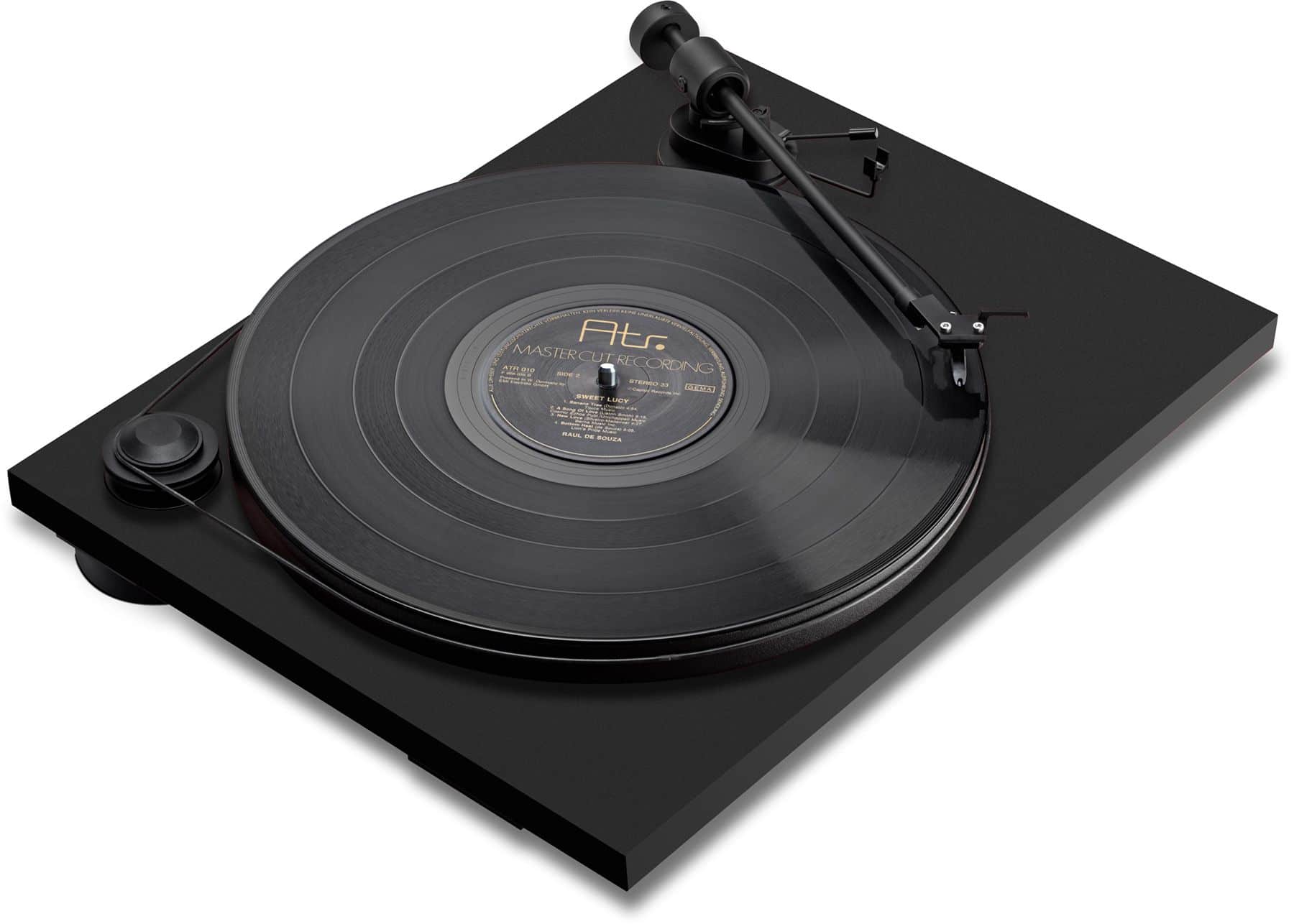
A piece of MDF, a metal tube and a frisbee. £179. Bob’s you uncle. Cheap at twice the price, guv’nor.
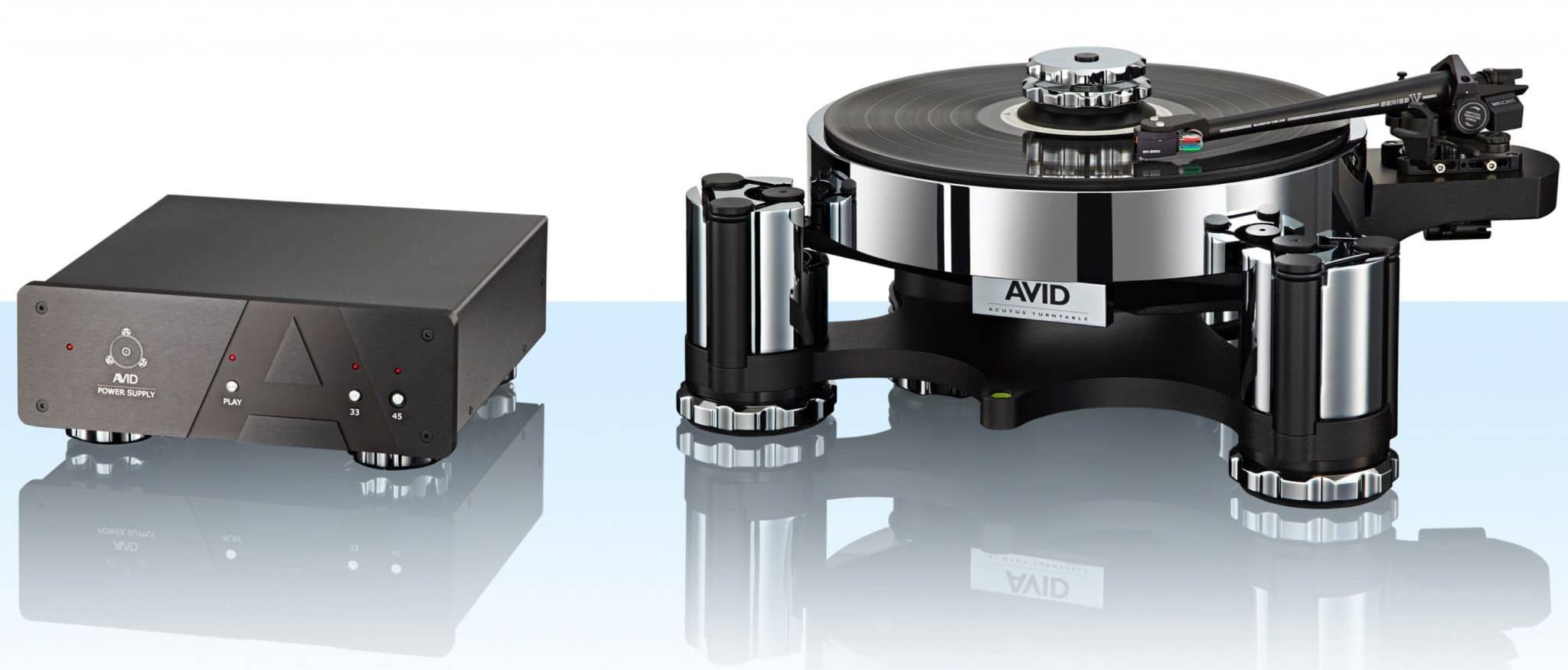
Then look at the AVID Acutus Reference which looks like it might be currently occupied by Lord Of the Rings’ baddie, Sauron. It’s three legs looking like forbidding towers as it holds the spring-loaded suspension system. Its chrome plated…everything, glinting in the sun, blinding those who dare to lay their eyes upon it.
And then there’s that extra box, the external power supply. Something the Primary doesn’t even offer. The AVID’s power supply looks like a place to hold your valuables. A container that would defeat even the canniest cracker with three sticks of ‘jelly’.
You put that Acutus Reference and the Primary next to each other and you might hear, “OK, this one here. The Primary? That’s a record player? Yes? But this one ‘ere [points at the AVID]. What does that do then?”
Some turntables might look fragile while others might resemble a piece from a battle tank but all – ultimately – perform the same task. They all extract information from a vinyl groove.
And that’s were the bizarre contrasts of turntables live.
Here’s a construction, built from often exotic materials, put together with care and connected using the finest of tolerances and what’s it supposed to do? It’s one job is to do this. Picture this bit carefully. It’s there, sometimes all £100,000 of the thing, to support a tiny piece of diamond measuring around 0.7 mils.
Let me remind you. A ‘mil’ is basically equal to one thousandth of an inch. So then. 0.7 of that.
So you might have a turntable weighing oh, I don’t know, 30, 40, 50kg or more – sometimes much more. All to support a piece of industrial stone that would get lost in a sugar bowl.
More, this piece of industrial stone is so fragile, it will snap off if you even clean it in the wrong way, flick it with your finger and it will disappear forever. You can even tag it with the sleeve of a sweater.
That’s a tool. A tool mind you, even at lowly £179, that risks utter collapse if you do so much as sneeze at it too strongly.
At least a CD’s laser is provided with some sort of protection because it’s hidden from view as it sits inside its protective chassis while it performs its duties. At least a CD player can be protected from that oh so dangerous enemy the er, sweater.
Not a turntable though.
So again, let’s review the contrasts here. 0.7mil of delicate fragility? 30-50kg or more of pure muscle.
And if you do lose your stylus tip, the rest of the turntable, right there and then, is basically useless.
It’s like losing the keys to your car. Lose the attendant diamond tip and your turntable becomes a piece of instant sculpture or an art installation for all the good it will do you.
It’s a wonder that any vinyl fan has the gumption to approach this thing without his breath quickening, heartbeat racing and hands shaking. Just in case it blows up in his face before he even touches it.
So, yea. Turntables. Weird. Just weird.

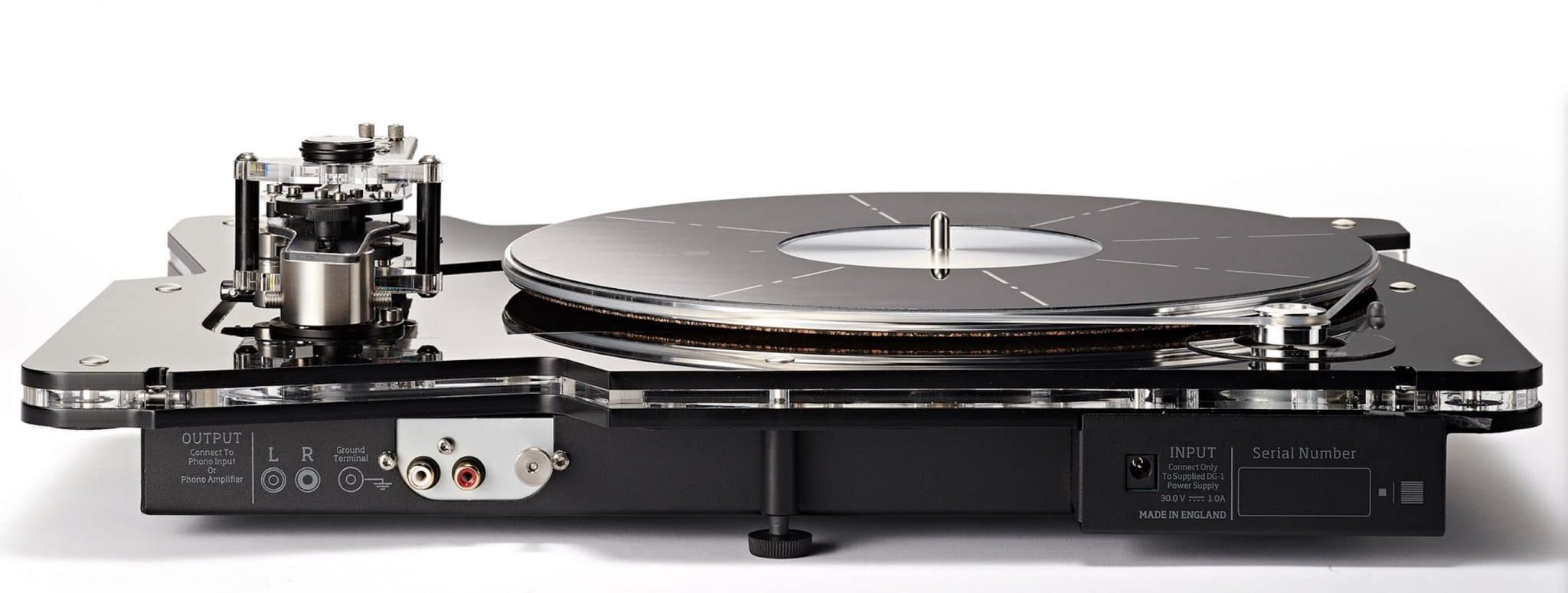
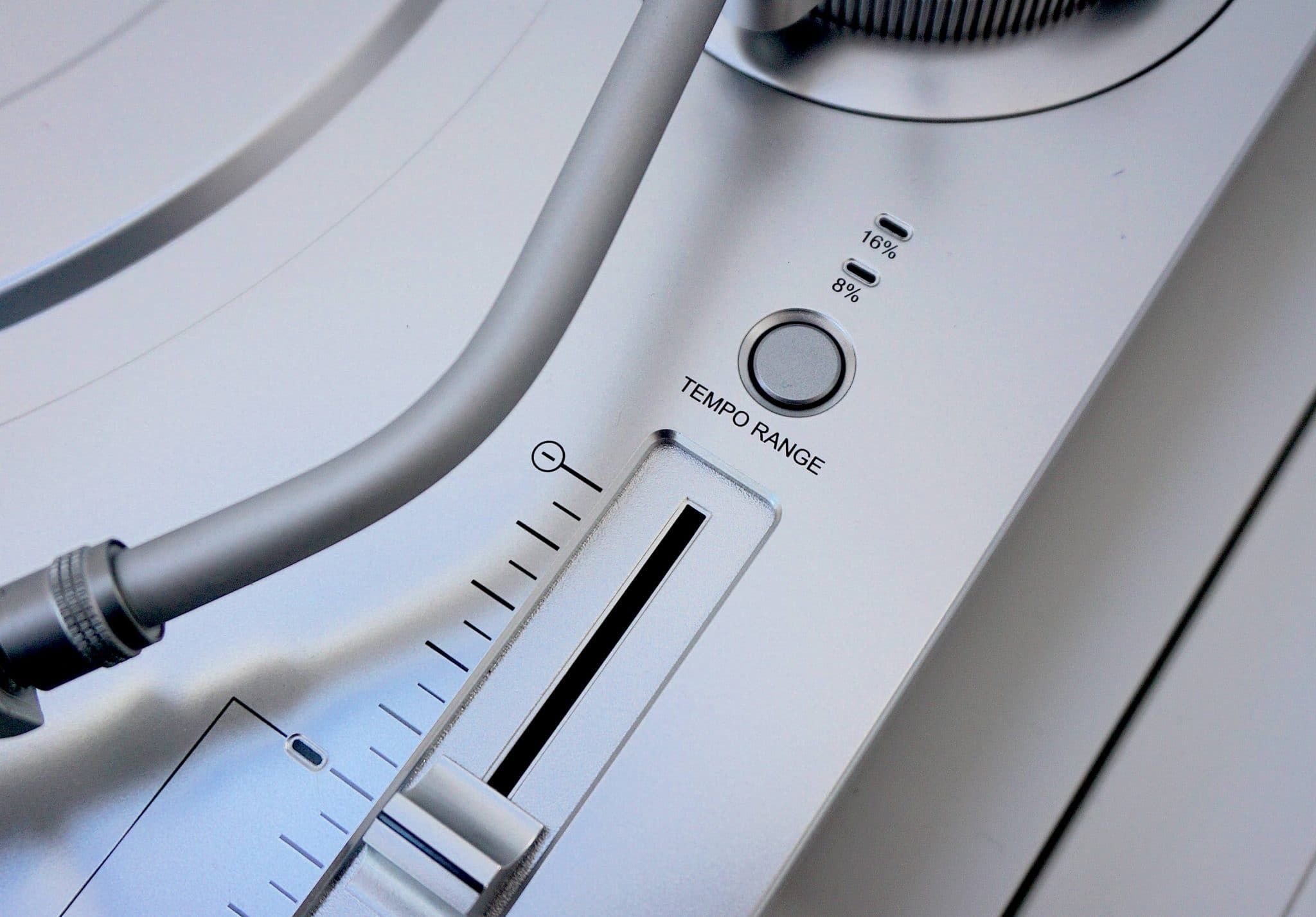
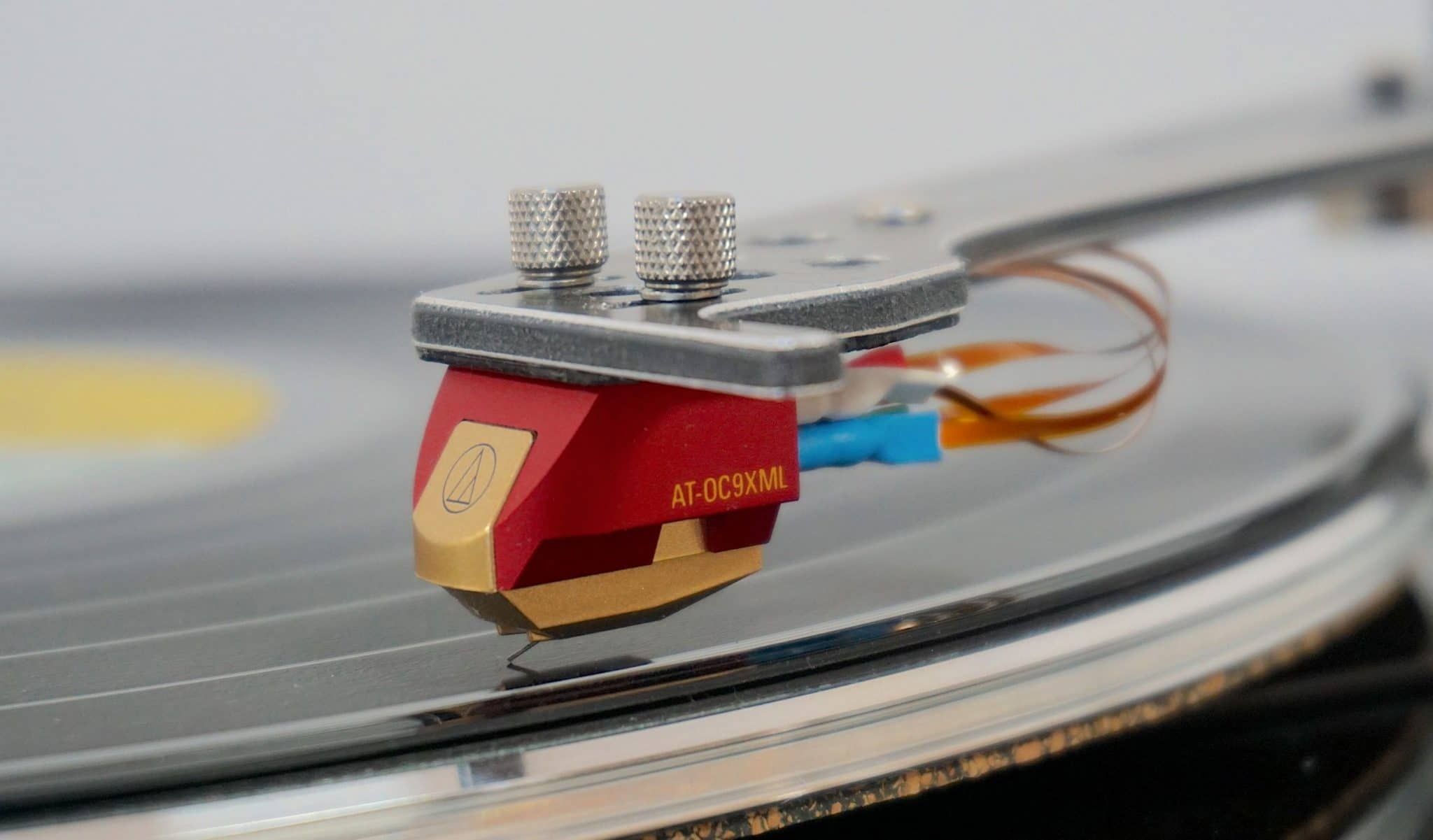
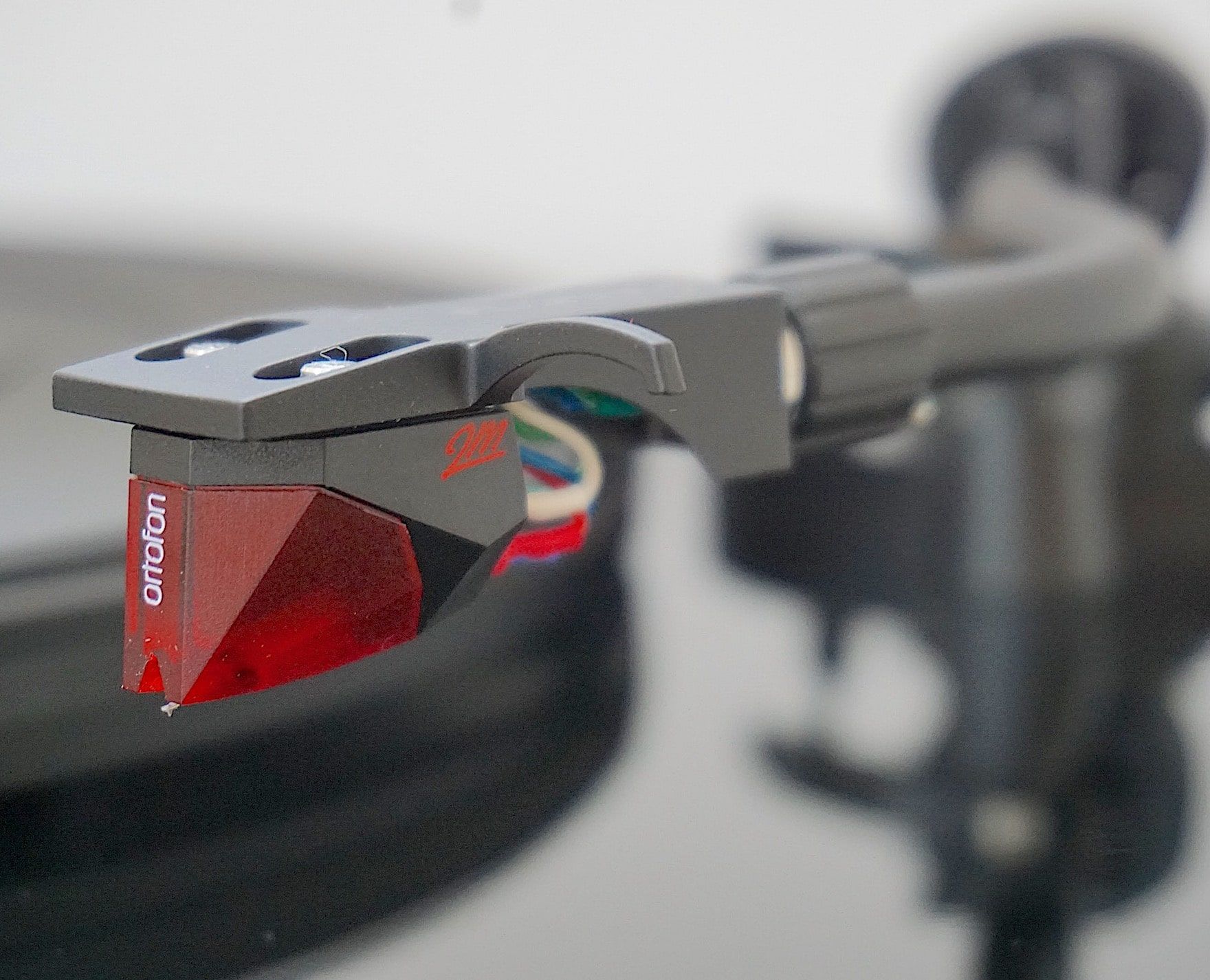

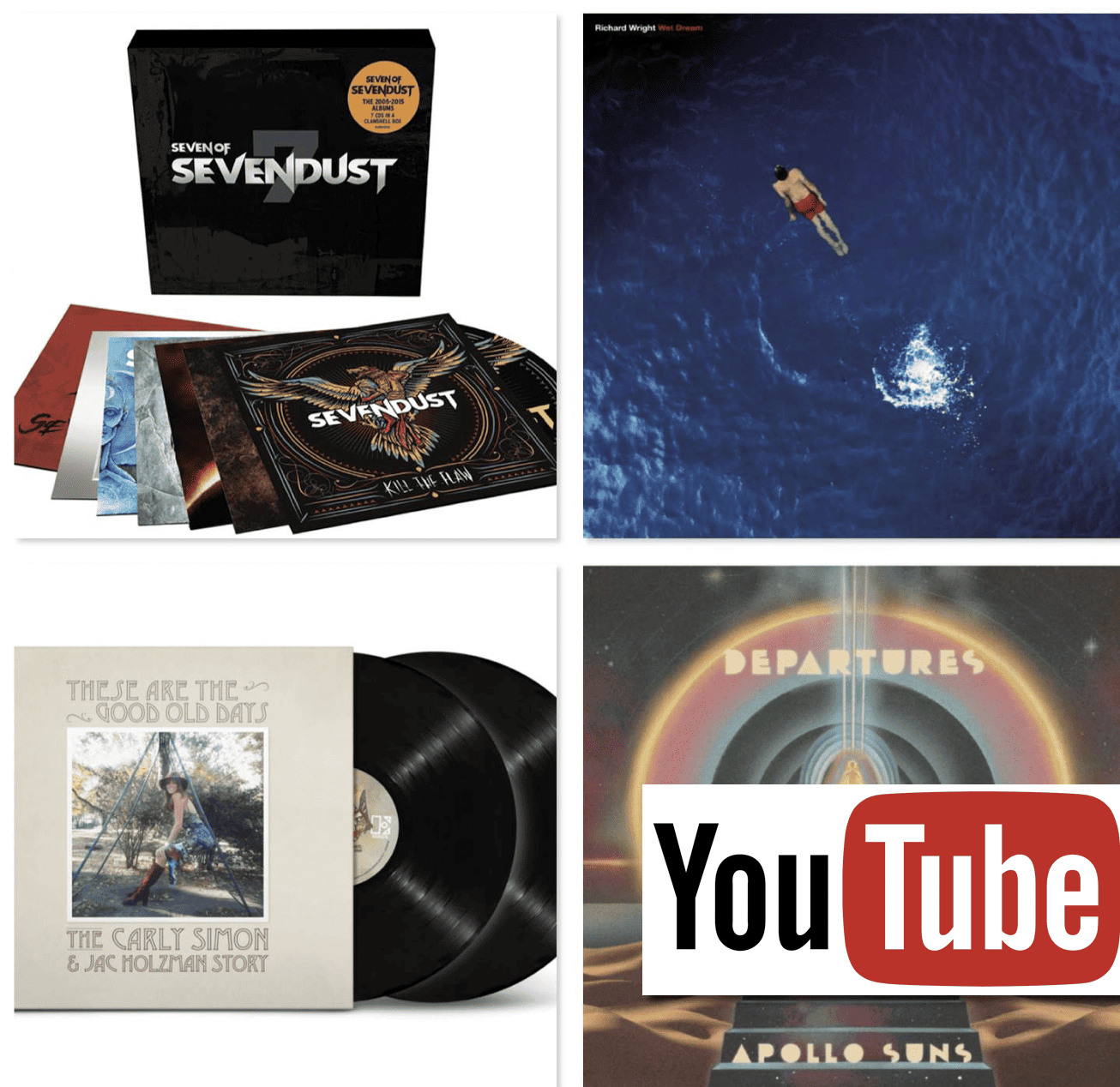
Vinyl.
A pressed plastic groove.
And a microscopic stone.
Stone gets dragged though pressed plastic at 7.5 inches per second (or thereabouts)
And what does it sound like?
Well, it sounds like a tiny stone being dragged across a piece of plastic.
Of course the tiny stone is attached to a cantilever with a rubber fulcrum suspension.
And it has to wriggle some magnets or coils of wire at its opposite end.
And then we’re going to amplify it 10,000x.
Yeah. Yeah. That sounds like a great idea!
It’s surprising that this works at all, really.
And, actually it is rather Victorian. It was all invented during that era. Yep.
Just after the Flintstone era. I believe Fred used a Dodo bird on his turntable and cut stone records.
Dodo. Quite appropriate I think.
Seems to have carried over into the modern age of audiophiles.